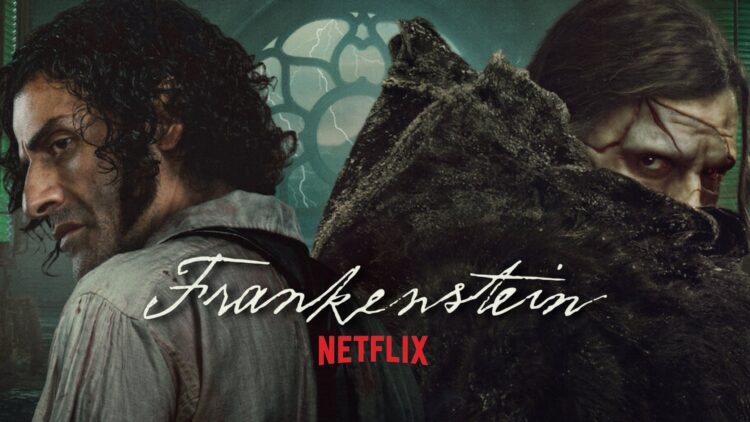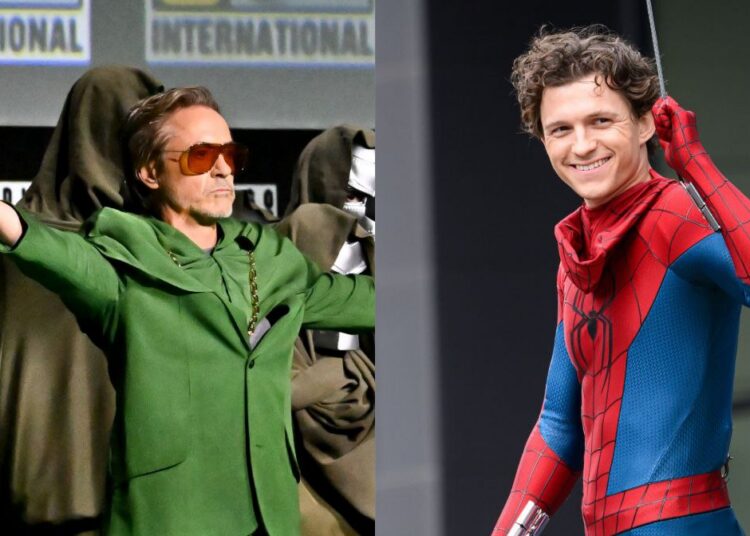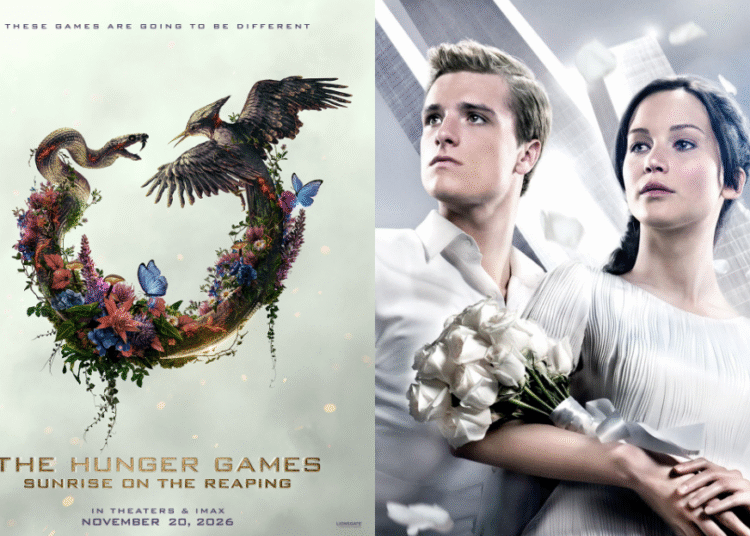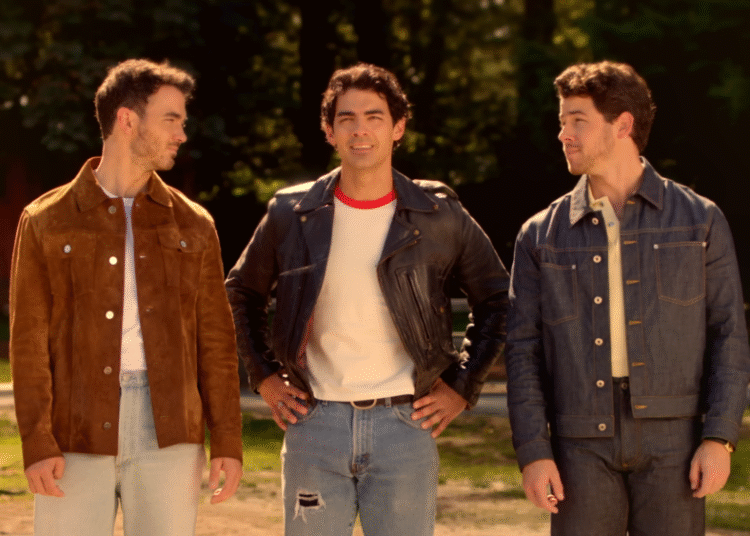There’s a particular kind of grandeur in Guillermo del Toro’s “Frankenstein”. It is a humanistic tale that explores gothic sorrow, obsessive ambition, and sympathetic monsters. On paper, this is precisely the kind of project del Toro has spent his career chasing. It is a story of creation and destruction, of love and regret, and of the fine line between genius and hubris. Consequently, with “Frankenstein” on Netflix, he returns to the story that birthed all modern monsters and strips it down to its beating, aching heart.
Del Toro has long been a director of monsters, but he is also a director of empathy. From “Pan’s Labyrinth” to “Pinocchio”, he has built worlds where grotesque creatures illuminate the deepest truths about humanity. In “Frankenstein”, this expertise is on display. He resurrects Shelley’s myth in a way that is both faithful and daring. As a result, familiar gothic imagery becomes a meditation on isolation, obsession, and the consequences of unchecked ambition. Furthermore, two artists, centuries apart, ask the same question: what drives humanity to create what it cannot control?

Mary Shelley’s novella was never intended as pure horror. “Frankenstein; or, The Modern Prometheus” is a meditation on grief, obsession, and the arrogance of human ambition. In addition, it reflects on mortality and the moral consequences of playing god. The tale, timeless and haunting, feels simultaneously ancient and vividly modern in del Toro’s hands. Moreover, he emphasises intimacy and empathy. As such, the film is a painstaking exploration of the human condition through a gothic lens.
The story opens in the Arctic. A Danish expedition discovers Victor Frankenstein (Oscar Isaac) gravely injured, pursued by the Creature (Jacob Elordi). The frozen North does more than set a mood; it externalises the loneliness and inevitability that permeates the narrative. Del Toro restructures Shelley’s tale. Early, we glimpse Victor’s heart and soul.

Midway, however, del Toro switches perspective. The narrative shifts to the Creature, and immediately, the audience is challenged: Who is the real monster? Meanwhile, this choice allows for a deep exploration of empathy and consequence.
Oscar Isaac embodies Victor with fevered eyes, jittery energy, and a brilliance that borders on grotesque. He is like a candle burning at both ends. His intellect devours him from within, leaving traces of mania, grief, and quiet cruelty.
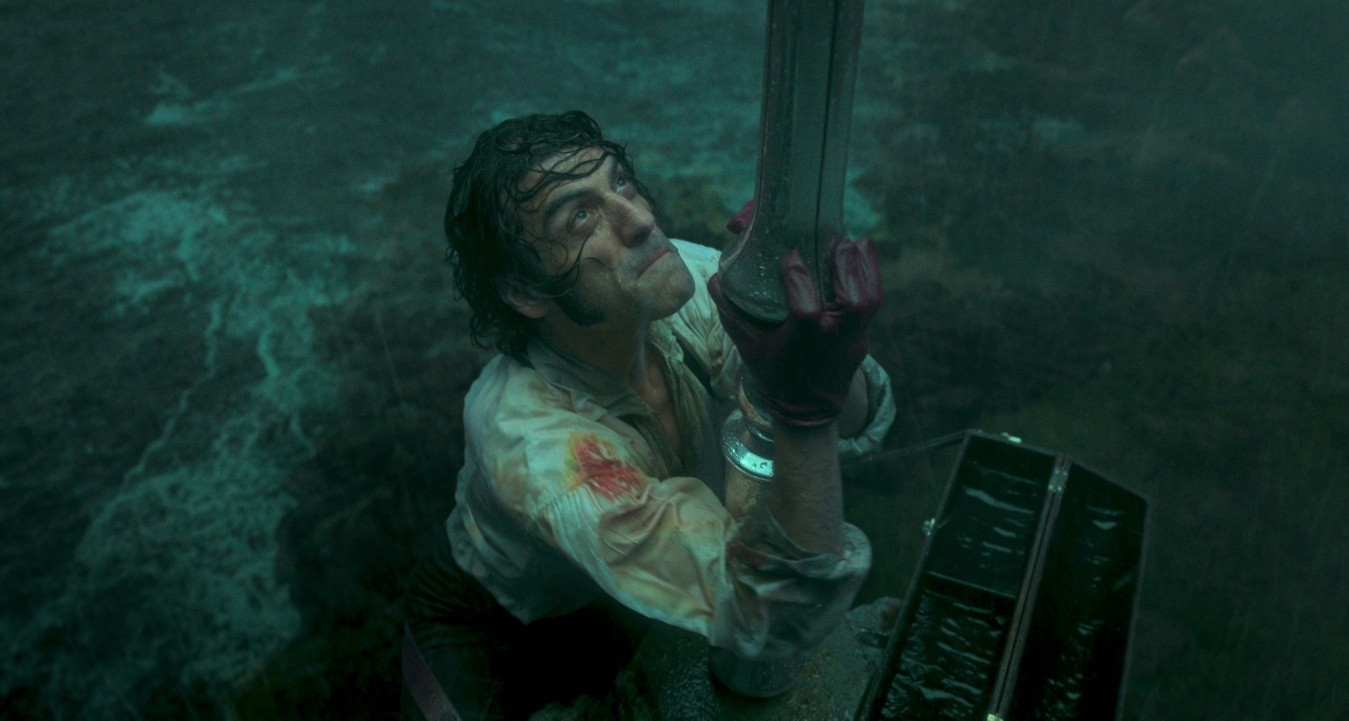
Furthermore, watching Isaac navigate Victor’s moral and emotional collapse is mesmerising. There is madness in his stillness, reverence in his arrogance, and a suffocating grief beneath it all. Ultimately, Victor is obsessed not only with conquering death but also with asserting dominion over life, often at the expense of empathy and those around him.
Del Toro amplifies Victor’s arc through cinematic language. Wide-angle lenses twist the halls of his laboratories, bending space to reflect the man within them. Similarly, flickering candlelight and carefully orchestrated shadows make every corridor feel both claustrophobic and monumental. The atmosphere is suffused with dread and brilliance. Additionally, Alexandre Desplat’s score threads through these visuals. It is mournful, celestial, and renders both awe and sorrow palpable.
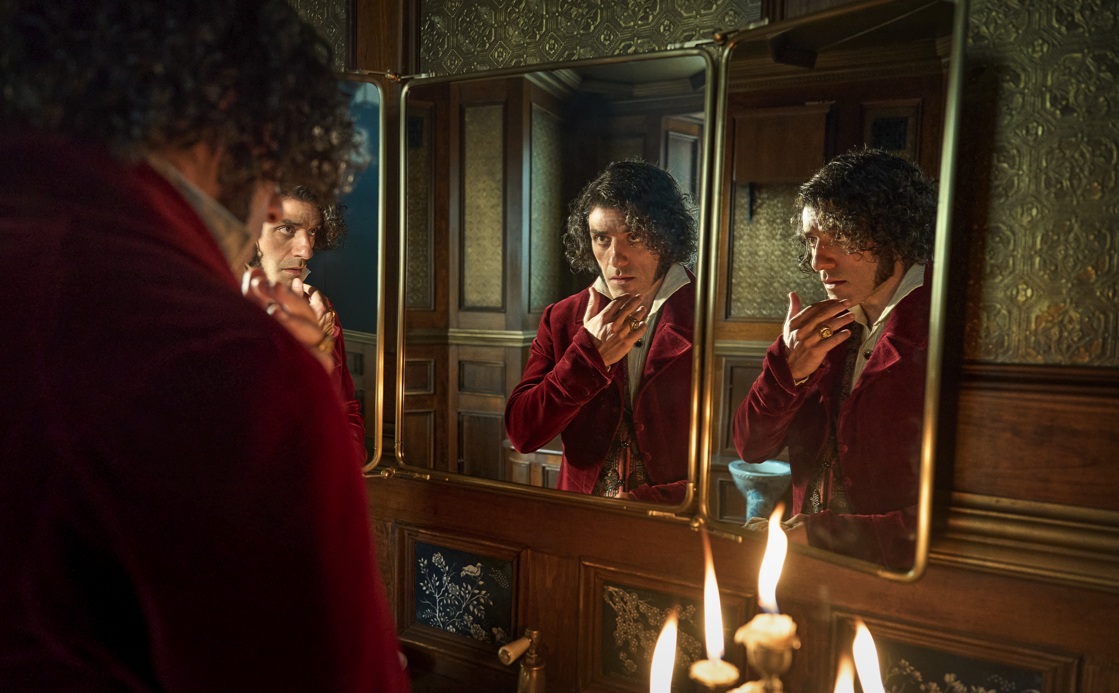
Meanwhile, Mia Goth’s Elizabeth Harlander is quieter than in her previous roles, but she is vital. She serves as both muse and mirror to Victor, embodying empathy, compassion, and restraint amidst chaos. Costume designer Kate Hawley dresses her in jewel-toned creations.
Consequently, Elizabeth becomes a living symbol of life, rebirth, and harmony. From rich blues and greens accented by bug-inspired jewellery and feathered headpieces to luminous veils and gothic necklaces, Elizabeth punctuates the ashen visual palette. In this way, she signals the human conscience of the story.
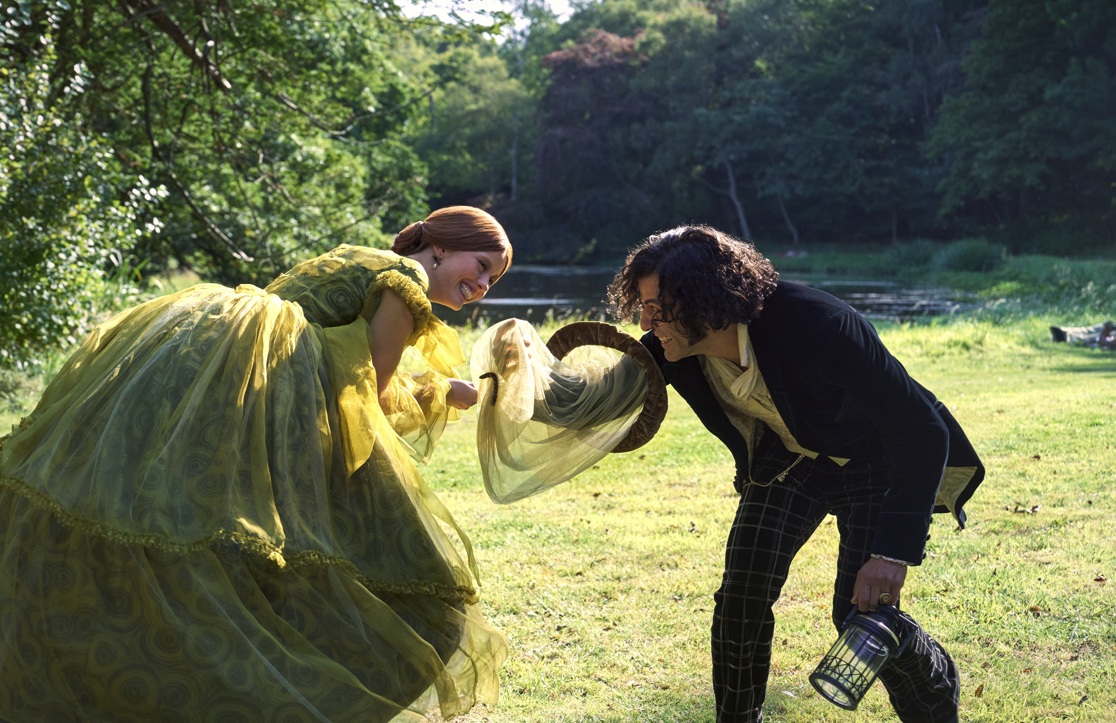
One of the film’s most striking moments occurs when Elizabeth and Victor discuss a trapped butterfly. It is a delicate metaphor for life, death, and the illusion of control. Similarly, these moments remind viewers of the recurring tension between creation and consequence.
Jacob Elordi, meanwhile, makes the Creature profoundly human. Beneath prosthetics and makeup, he imbues the monster with innocence and fury. His performance blends physicality and emotional subtlety. Every movement conveys fragile curiosity tempered by the harsh realities of a world that fears him.

The Creature begins childlike, absorbing the world like a sponge. However, Victor’s desire for control, rooted in his upbringing and worldview, seeks to stifle him.
A faint red glint in the Creature’s eyes under green lighting nods to classic Frankenstein iconography. Yet del Toro strips away caricature. The monster becomes a deeply human wound. Consequently, the Creature’s journey, from bewildered curiosity to rage to reflective self-awareness, is compelling. As a result, the audience cannot help but empathise with a being condemned to eternal isolation through no fault of his own.
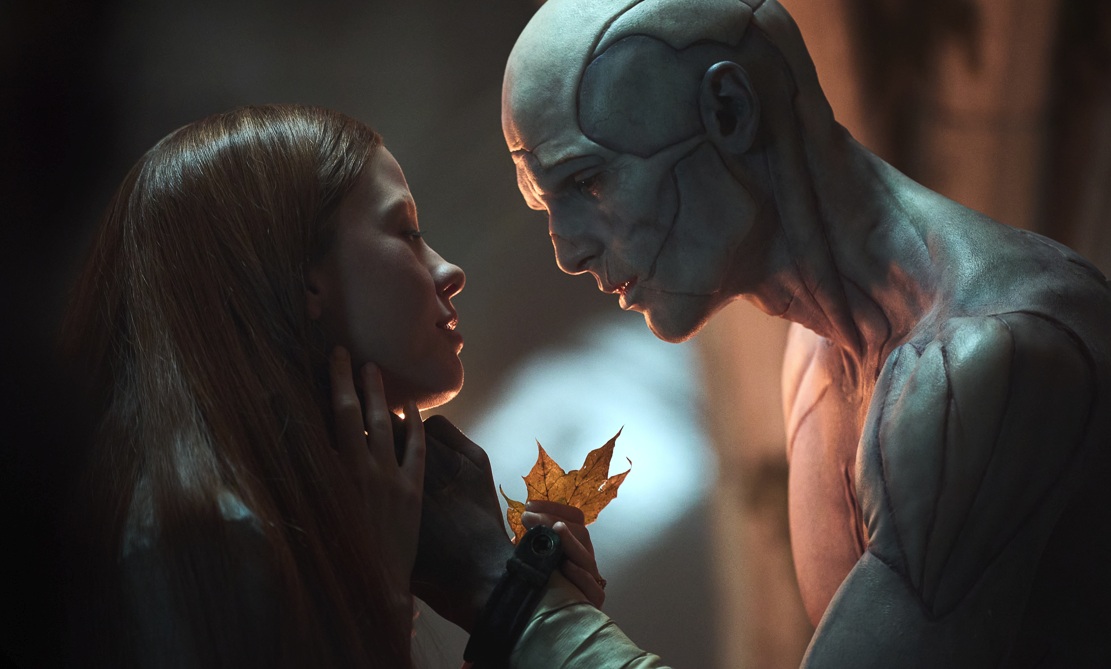
Del Toro’s narrative choices reinforce duality and empathy. By showing both Victor’s and the Creature’s perspectives, the film explores obsession alongside the redemptive power of understanding. Victor, consumed by a god complex, grows less human in his tunnel vision.
Meanwhile, the Creature, initially defined by physical monstrosity, emerges as the moral and emotional centre. Their eventual Arctic confrontation is not merely a clash of strength. Instead, it is a meditation on forgiveness, consequence, and the unbridgeable gap between creator and creation.

The supporting cast further enriches the story. Christoph Waltz’s Henrich Harlander is a morally complex patron whose ambition intersects with Victor’s. Even minor characters, like David Bradley’s blind man and his granddaughter, highlight the Creature’s capacity for empathy. They also underscore humanity’s deep longing for connection.
Del Toro’s “Frankenstein” revels in visual and historical texture. From meticulous production design to tactile instruments, frostbitten exteriors, and shadowy tower interiors, the world feels both lived-in and mythic. Costume and set design extend character beyond narrative necessity. Every frame feels deliberate. Every shadow reflects grief. Moreover, every jewel strikes a note in a visual symphony.

At its core, the film is a tragic gothic tale, not conventional horror. Love exists, but is secondary. Del Toro emphasises empathy, human frailty, and the consequences of creation. Both Victor and the Creature are humanised. Their trajectories run parallel, incomplete without each other. Consequently, this reframes the familiar story into something modern and emotionally resonant.
By the Arctic-set finale, creator and creation achieve a certain peace. It meditates on what remains when we make something we cannot love. The question is timeless, yet urgent, resonating with today’s ethical debates on creation, science, and power.

“Frankenstein” is not without flaws. Its reverence for Shelley sometimes tempers del Toro’s wilder instincts. Certain narrative beats linger longer than necessary. Even so, these are minor quibbles against the artistry, depth, and visual richness on display. The film invites reflection. It lingers after the screen fades to black. Viewers are left considering humanity, empathy, and creation.
One cannot help but wish to have seen this on the big screen. The scope, detail, and scale are ideal for theatres. Even on streaming, it leaves an indelible impression. Awe permeates the experience. Del Toro’s monsters reflect not terror but mirrors of our deepest fears, regrets, and capacity for forgiveness.

In the end, “Frankenstein” is an act of compassion. It asks viewers to examine what we create, what we fear, and what we fail to love. It reminds us that empathy, regret, and understanding are the truest measures of humanity.
For del Toro fans, “Frankenstein” is a culmination. It is a long-gestating dream realised, a meditation on ambition, obsession, and beauty. By the final frame, as the Creature embraces sunlight and Victor finds redemption, viewers sit in awe at the collision of literature, cinema, and human emotion.

“Frankenstein” is currently streaming on Netflix.
The Review
Netflix's Frankenstein
Guillermo del Toro’s Frankenstein on Netflix is a visually stunning and emotionally rich adaptation of Mary Shelley’s classic bolstered by the film's two leads in the form of Oscar Isaac and Jacob Elordi. Del Toro’s gothic spectacle, meticulous production design, and Alexandre Desplat’s mournful score make this a tragic, humanistic tale that lingers long after the screen fades to black.
Review Breakdown
- Great

